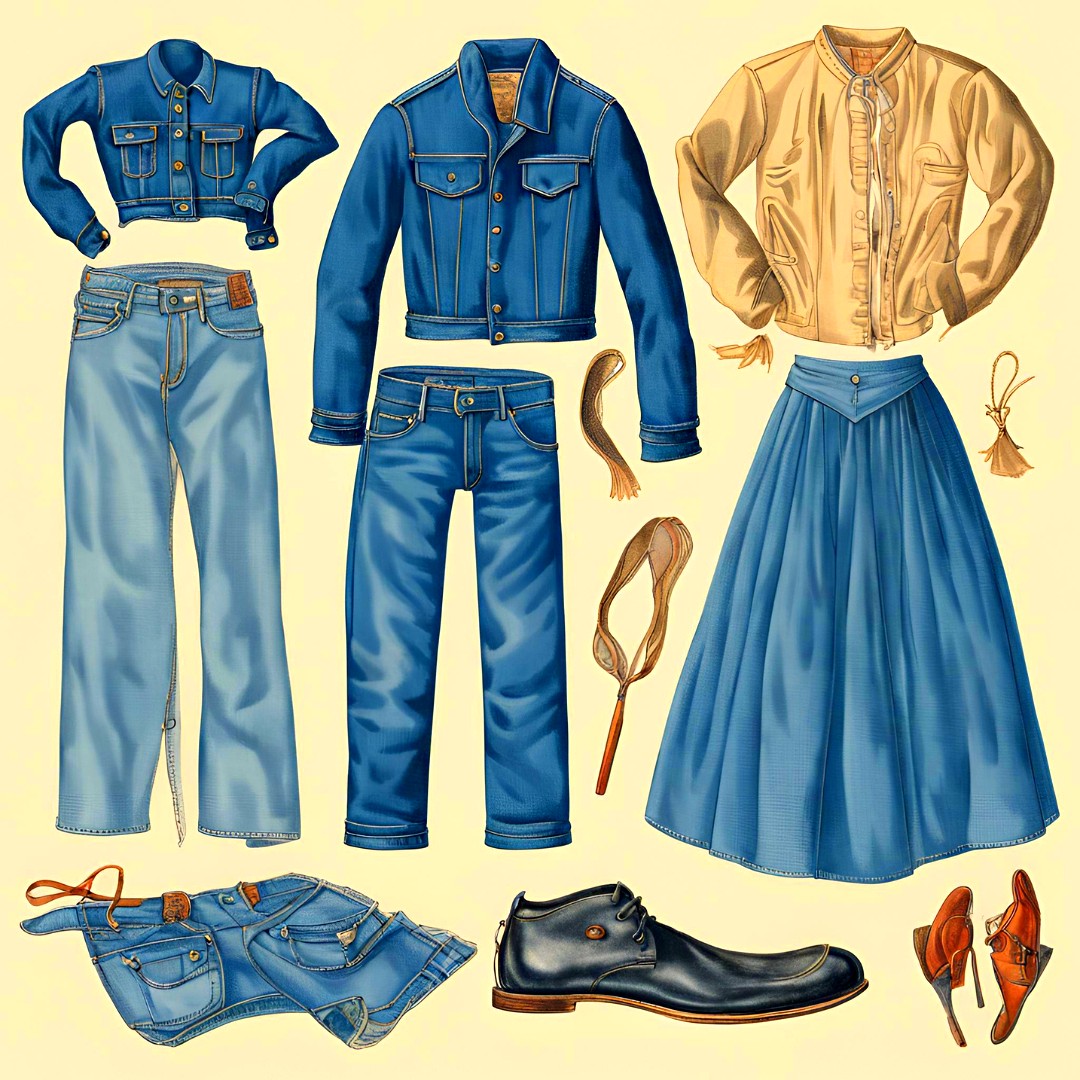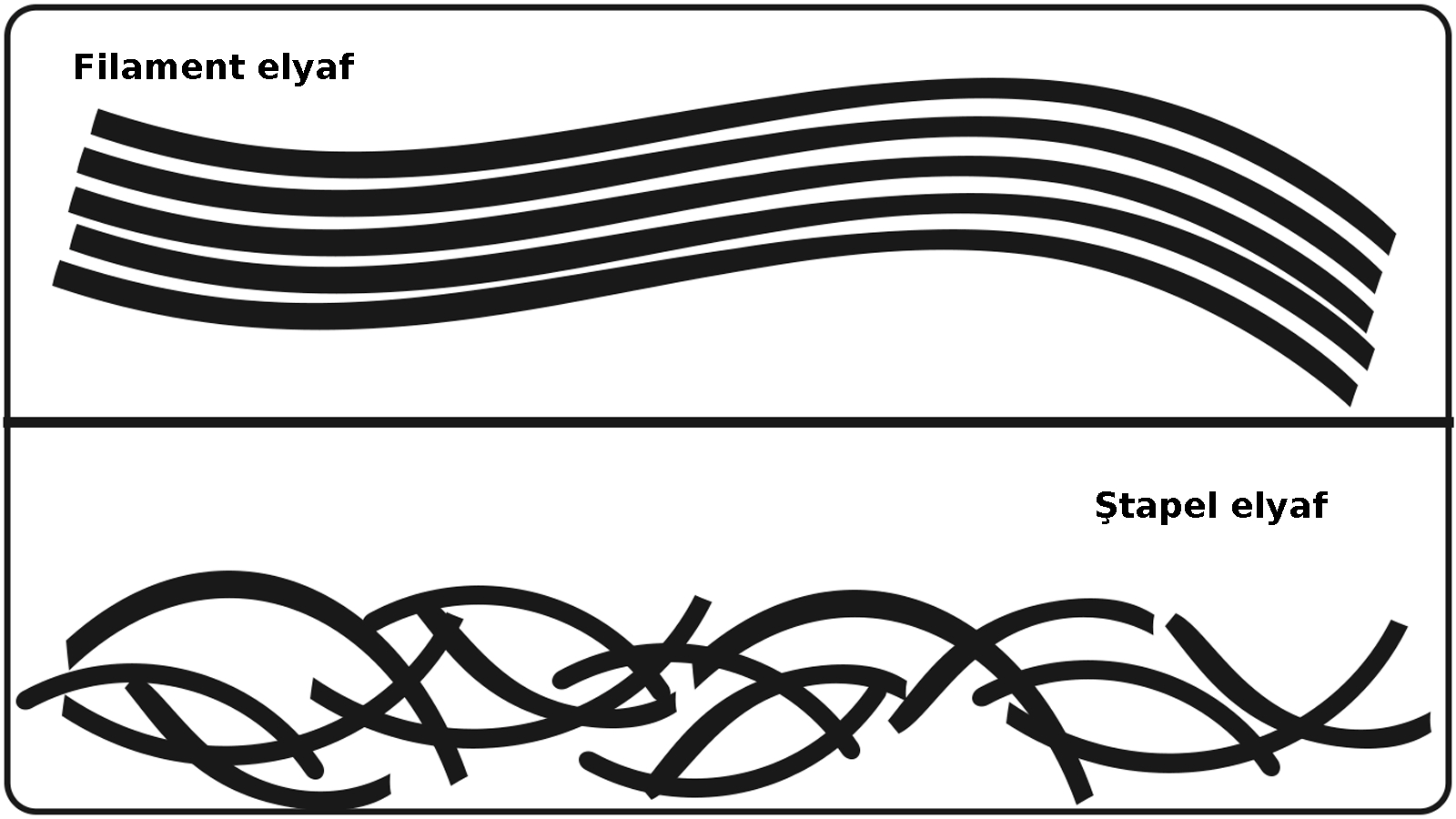Calendering - Mechanical Fabric Finishing Methods In Textile
17:11
0 comments
Calendering is a mechanical finishing process typically used to produce special effects in fabric, such as high luster, smoothness, or even embossing. In this operation, primarily used on woven goods, the fabric is passed between heated rolls under heavy pressure to flatten the fabric. Usually a three-roll process, a central cotton fabric or paper roll is sandwiched between two metal heated rolls rotating at faster speeds.
For friction calendaring, the cloth is unwound from a fabric supply roll. Steam is applied before it moves around the calendaring rolls which apply pressure, hundreds of pounds per square inch. As a result, this fabric is brought to a highly polished state. Schreiner calendaring is a specialized system. In this scenario two rolls are used, a small roll and a larger, finely engraved roll. This large, heavy metal roll is engraved at a 36-degree angle with fine, or shallow, lines. The number of lines can range from 180 to 500 per inch but are most often 300 lines per inch. Heat is maintained as the fabric is guided under pressure between the engraved roll and a smaller, steel roll which is heated. The Schreiner roll has a greater surface feed than does the small steel roll. Notice the difference between fiber structure before and after it has been calendered. This flattened form allows more surface for light to be directed back to the viewer resulting in more luster. Because of this, fabric finished by the Schreiner calendar method appears to have a lot more luster. It is also less flexible because calendaring flattens the fiber and reduces the permeability With embossing, another calendaring method, a pattern is embedded into the fabric. An embossing calendar consists of an upper engraved steel roll and a lower composition or paper roll with a negative pattern of the metal roll. As the fabric moves between these rolls, embossing occurs. Thermoplastic fiber can be set by heat while cellulosic fibers must have a resin finish applied to ensure a durable effect. This kind of calendaring produces many popular fabrics such as fake seersucker, crepes, and other relief fabrics.
-
Ayakkabılarda doğru numara seçimi sağlık ve kullanım ömrü açısından önem arz eder. Kesirli Ayakkabı Numaraları Ne Anlama Geliyor? 🤔 Bazı a...
-
İş sağlığı ve güvenliği için bazı işletmelerde pr ayakkabı kullanımı gereklidir. Ayakkabılarda rastladığımız "PR" terimi, İngiliz...
-
Şali kumaş bayrak. Şali , tiftik iplikten dokunmuş ince bir kumaş türüdür. Kaba ve seyrek dokunanları genelde bayrak yapımında kullanılmış...
-
Lif kısaltmaları tekstilde elbise üretiminin her aşamasında kullanılır. Tekstil, Kumaş, Lif ve Elyaf Kısaltmaları : Tekstil endüstrisi, lif...
-
Yeşil renk ve tonları, sarı ile mavi ışığın birleşmesi sonucu oluşur ve fotosentetik pigmentler nedeniyle bitki yapraklarında yaygın olarak ...
-
Kumaşın ön yüzünün ve arka yüzünün gösterimi. Kumaş yüzü (Alm. Stoffvorderseite, Fr. front de tissue, İng. fabric face; face of fab...
-
Aksa akrilik fabrikası dünyanın en büyük akrilik üretim tesisidir. Türkiye'nin en büyük sanayi kuruluşları arasına 38 tekstil fi...
-
Rahat bir kullanım için ayağın genişliği ve uzunluğuna uygun ayakkabıyı seçmek son derece önemlidir. Ayakkabı Genişlik Terimleri: E, F, FX,...
-
Mavi polycotton nevresim takımı. Polycotton , polyester ile pamuğu (cotton) karıştırarak elde edilen, her iki elyafın en iyi performans ...
-
Türk tekstil ve hazır giyim sektörü: yerli markaların yükselişi. Türkiye'nin lokomotif sektörlerinden biri olan tekstil ve hazır giyim...
-
Türk tekstil ve hazır giyim sektörü: yerli markaların yükselişi. Türkiye'nin lokomotif sektörlerinden biri olan tekstil ve hazır giyim...
-
Akrilik elyaf, iyi yalıtım özelliğine sahip olmasıyla öne çıkan sentetik bir lif türüdür. Akrilik Elyaf: Tanım ve Özellikler Akrilik, ( Alm....
-
Kumaş numunesi. 1) Yapılarına göre (nasıl yapıldıysa o ismi alır) a) Dokunmamış kumaşlar - Nonwoven , keçeler, kağıt telalar, elyaf, vi...
-
Ünlü Türk modacı ve tasarımcılarının kreasyonları artık dünya moda başkentlerinde sergileniyor. Türkiye'de tekstil ve moda sektörünü...
-
Farklı renk ve türdeki kumaş çeşitleri. Kumaş, ipliklerin, çeşitli yöntemlerle bir araya getirilerek oluşturduğu kaplayıcı yüzeylerd...
-
Türk ayakkabı markaları, yerli ham maddeyi mükemmel işçilik ve estetik tasarımlarla birleştiriyor. Türk malı ayakkabı ürünler, kalitesi ve e...
-
Dünyanın en meşhur modacıları. Dünyaca ünlü modacılar Her sezon önce podyumları sonra da vitrinleri süsleyen özel koleksiyonların arkas...
-
Lif kısaltmaları tekstilde elbise üretiminin her aşamasında kullanılır. Tekstil, Kumaş, Lif ve Elyaf Kısaltmaları : Tekstil endüstrisi, lif...
-
Naylon olarak da bilinen polyamid kumaşlar sentetik kökenli bir kumaş türüdür. Polyamid ya da naylon (Alm. Polyamidfaser, Fr. fibre ...
-
Tekstil ürünlerinin etiketlerinde yıkama, kurutma ve ütüleme ile ilgili semboller bulunur. Tekstil Ürünleri için Tavsiye Edilen Yıkama Tali...



















































































































0 yorum:
Yorum Gönder
Merhaba, daha kaliteli bir site için yorumlarınızı bekliyoruz.